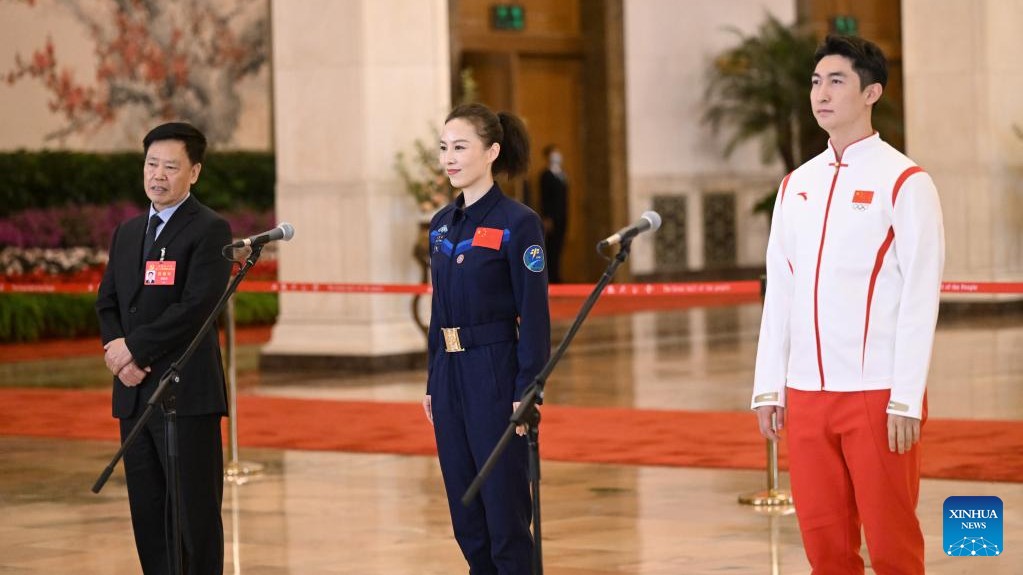Kinesgul Nurtanakin (left) instructs an employee at her company in Yining, Ili Kazakh autonomous prefecture in Xinjiang, on April 8.[Photo/Xinhua]
While most Kazakh people in Northwest China's Xinjiang Uygur autonomous region have bid farewell to their past nomadic life, Kinesgul Nurtanakin persists in keeping their ethnic memory alive with a craft she inherited from her family.
The 52-year-old woman runs a company in the city of Yining in the region's Ili Kazakh autonomous prefecture. She has been dedicated to designing, making and promoting Kazakh yurts and clothing for 22 years.
Kazakh embroidery is commonly adopted on carpets and tapestries found in ethnic yurts and on clothing, as well as other ornaments and articles of daily use.
A yurt is a "mobile home" for Kazakh nomads. But today, many would prefer to settle in brick-and-mortar apartments instead of clinging to their past lifestyle on the grasslands.
Kinesgul Nurtanakin says changlak refers to the skylight in a yurt's roof in the Kazakh language. It bears symbolic significance that indicates a family's vicissitudes.
"Elders in the family usually pass changlak to the youngest family member. By accepting changlak, the child also inherits all the glory, property and culture in the family," she says. "It's a solemn ceremony, and I want to protect the culture behind it."
What Kinesgul Nurtanakin inherited from her family is artistic embroidery. In her college years, she began collecting clothing patterns and Kazakh ethnic symbols, which later inspired her to join the embroidery business.
In 1998, she set up a workshop to make yurts and ethnic clothing. They sold well both in China and overseas. Her company name is Tasbulak, which means "spring water that flows out of rocks".
"I hope Kazakh embroidery culture will keep flowing just like the springs," she says.
A yurt made with a new type of felt Kinesgul Nurtanakin developed in cooperation with an enterprise in Inner Mongolia autonomous region.[Photo/Xinhua]
When she started to establish her factory over two decades ago, Kinesgul Nurtanakin spent time traveling around Ili to visit elderly embroiderers. They were surprised to see a young woman with such passion for traditional embroidery.
"An elderly woman from the county of Tekes was so excited that she even cried. She taught me everything she knew about embroidery," Kinesgul Nurtanakin says, adding that some people in the county contacted her in their last days with a wish to protect the cultural heritage.
In the exhibition area of Kinesgul Nurtanakin's company hangs a tapestry, which was "saved" from a nomadic household.
"They used the tapestry to keep dust and dirt away from the clay oven. I bought it from the family and soaked it in water for 10 days for the exquisite embroidered patterns to appear."
She says she believes it was made more than a century ago and regards it as a treasure.
The local government has been supportive with its policies. Her business also increased the incomes of many nomads.
Kinesgul Nurtanakin has so far collected over 1,000 ethnic patterns and trained apprentices. Some artisans from Kazakhstan visited her to do business and exchange experiences of Kazakh embroidery inheritance.
Sirmak is felt carpeting for yurts that is tailored to different sizes and patterns. Her company's products are popular because customers believe that Kinesgul Nurtanakin respects tradition and also seeks innovation.
As the main material used in a yurt, felt is susceptible to humidity and worms and does not smell good. To solve such problems, she cooperated with an enterprise in Inner Mongolia autonomous region and developed a new type of felt, which has become popular among customers.
She has employed four graduates majoring in art and design, whose main task is to introduce varied art elements into the products.
Her son, Marhulan Jarkin, is also by her side. He returned to Ili after graduating from a college in Beijing.
He says he felt obliged to inherit the precious technique as his mother did. He displays the yurt samples online via digital modeling.
Last year, he and his mother built a yurt that covers 350 square meters and is 10.8 meters in length and 20 meters in diameter. It became a local landmark instantly.
"Our products will be presented with virtual reality technology, and we can also design items such as magnets and jewelry boxes," Marhulan Jarkin says.

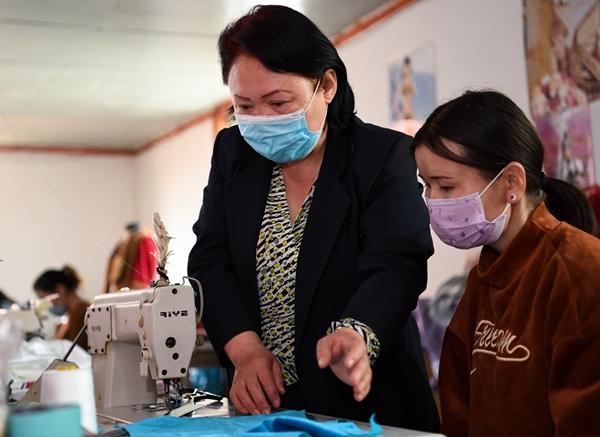
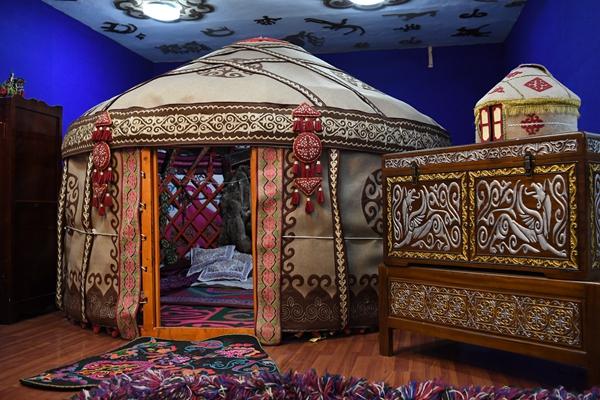








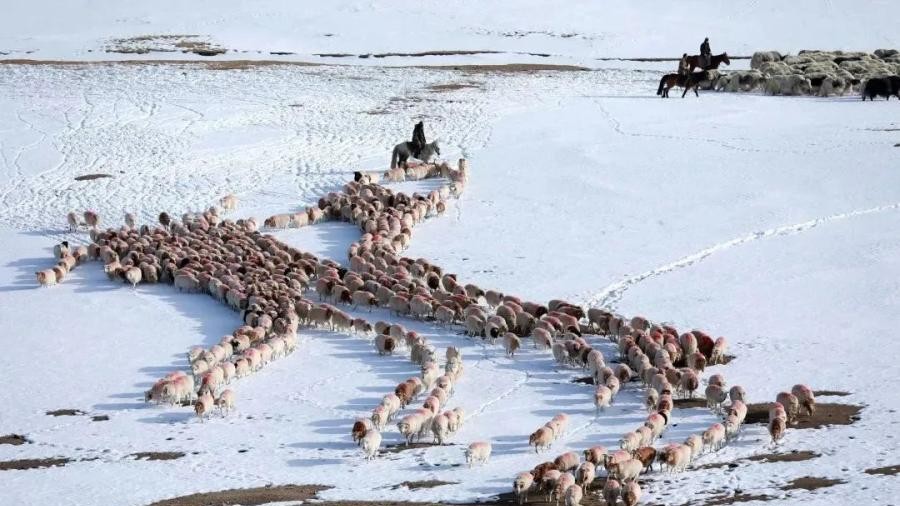




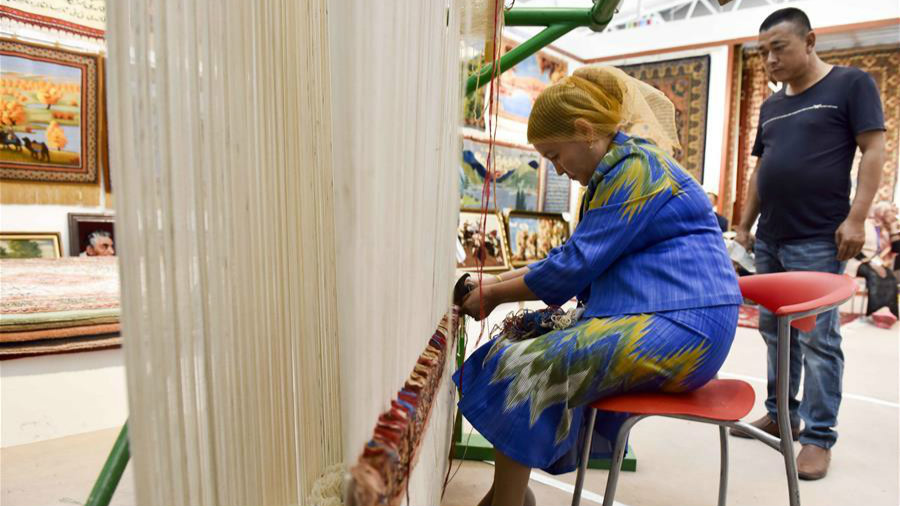
.jpg)


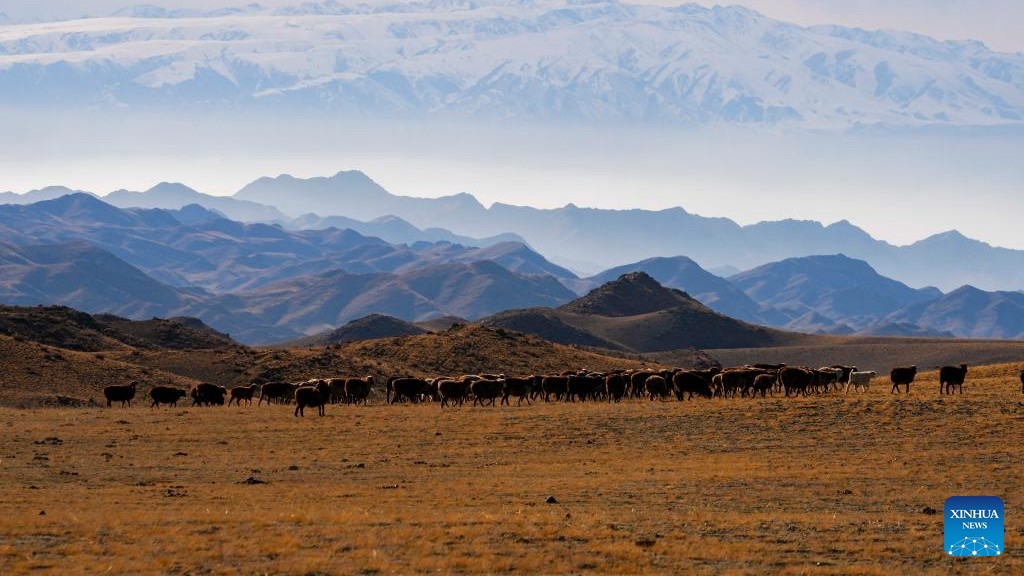



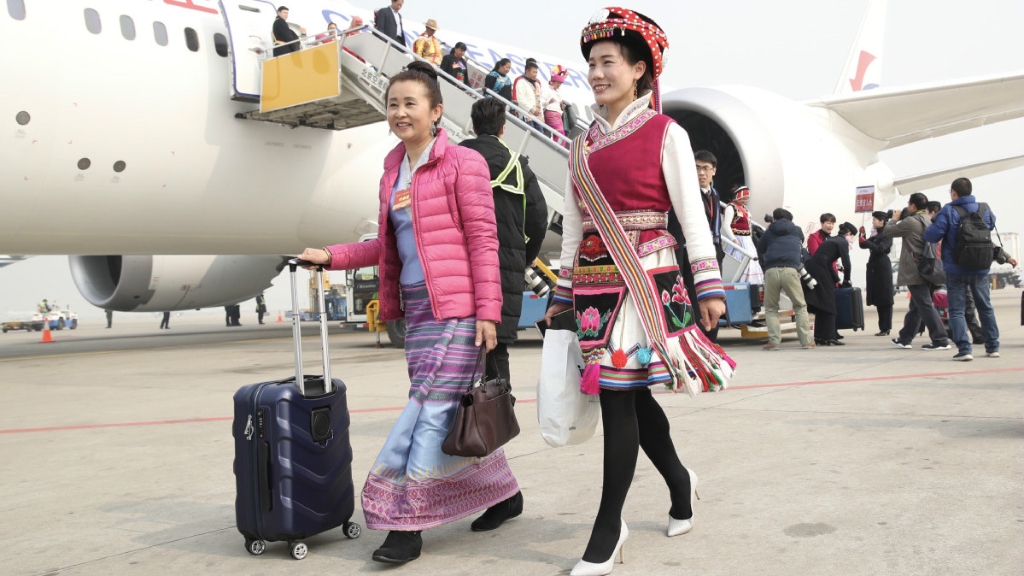
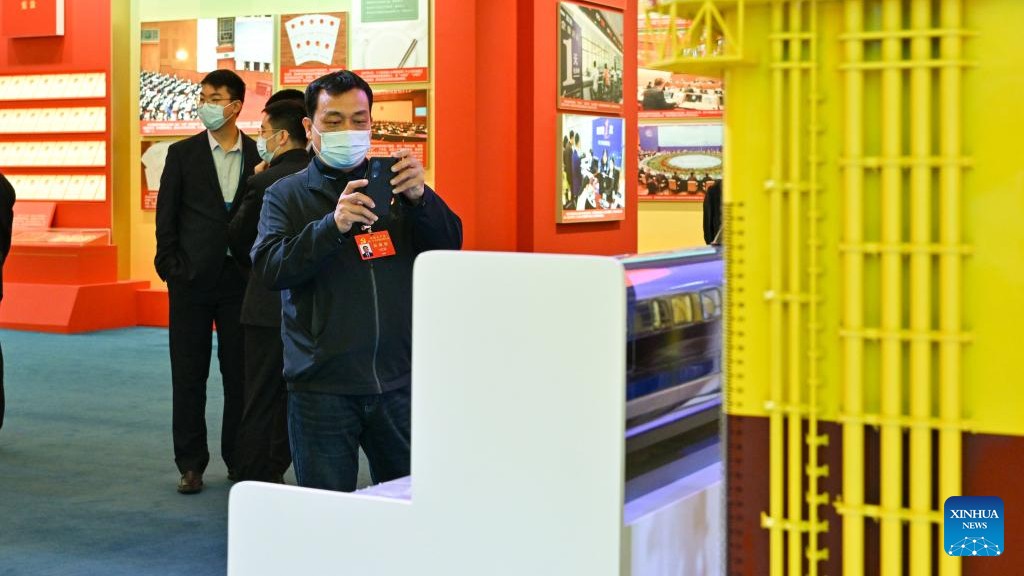

.jpg)

